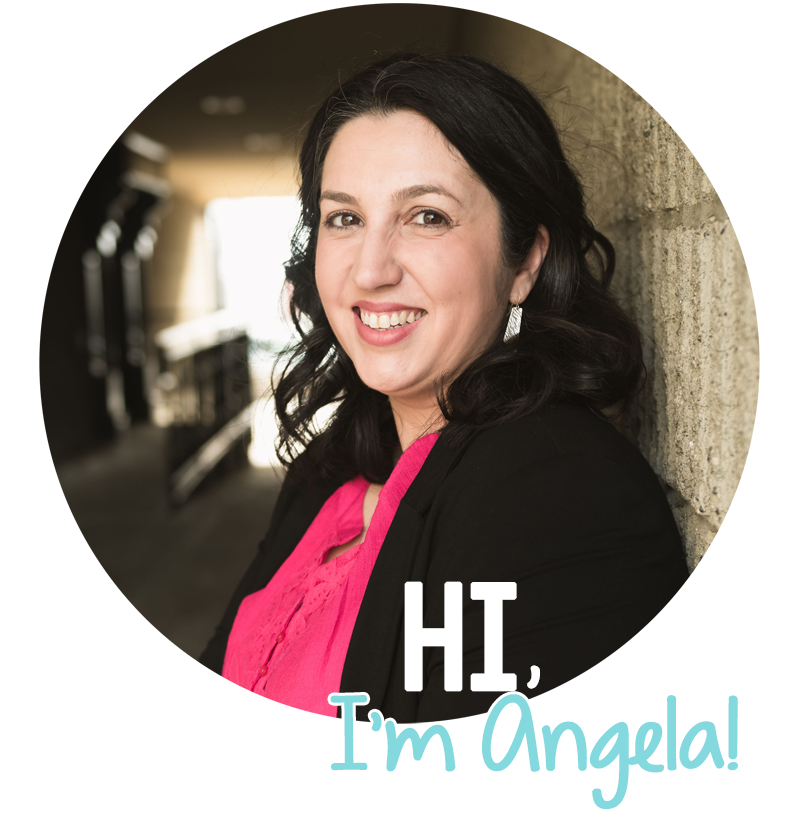
As a beginning teacher, setting up a classroom library can be a bit of an overwhelming thought. What books do you buy? Where do you buy them from? And then, how do you organize them?
The key to setting up a classroom library is to set it up with your students in mind. The way that kids access and search for books is not necessarily the same way that adults book shop. I’ll show you how I set up my classroom library so that it is organized and enticing to students.
Options for Purchasing Books
When you’re just starting out, building a classroom library can get quite expensive. Especially if you’re planning on buying new. Of course, the book stores are an option, but some more cost-effective choices include:
- Thrift stores
- Garage sales
- Facebook marketplace
- Scholastic book orders (the points really add up!)
- Friends and family
- Retiring teachers
Containing Books
Sure, you can line your books along a bookshelf and call it a day. I recommend using bins instead for several reasons. Students are likely to pick a book based on the cover, and for that, they need to see the covers! Using bins allows students to flip through covers quickly. Bins are also easily portable. They can pull a bin off the shelf to flip through in an area with more space to book shop.
You can buy a lot of different types of book bins, but those from your local dollar store will be most affordable and are more than durable enough. My bins have been in use for nearly 10 years and still look as good as they day I bought them.

Organizing Books
Before you can get to the fun decorations and comfy reading
pillows, you need to organize your library so that it is functional and
accessible. You can organize your books in a lot of ways, including by
genre, author, theme, level, or alphabetically. For me, I’ve found a
mix of genre, author, and theme to work best.

There’s
no wrong way to organize your library (although, I really don’t agree with organizing by level), as long as kids are able to pick
books quickly and know how to put them back into the correct spot. Lay your books out and see what works for your collection. Having a bin with only two books isn’t really functional.
It’s important that you label the bins as well. Words are great, but I suggest including a picture too. The visual cues are not just faster, they’re also an access point for all learners. I created mine digitally, printed them out, and laminated them for durability.
My labels are attached to the bins with hot glue. It’s super easy, and when you want to switch out a bin, they peel off very easily with no damage to the label or bin.

A list of my current bin labels:
- Realistic Fiction
- Fantasy
- Adventure
- Historical Fiction
- Mystery
- Biographies
- Graphic Novels
- Scary Books
- Informational
- Magazines
- Activity and Drawing Books
- Captain Underpants
- Diary of A Wimpy Kid
- Who Would Win?
- Gordon Korman
- Judy Moody and Stink
- Geronimo Stilton
- Magic Treehouse
- Junie B. Jones
- Puppy Place
- Archie Comics
- Roald Dahl
- Beverly Cleary
Labeling Books
I highly suggest labeling your books. You’ve put a lot of effort into sourcing them, and you never know where they’ll end up. Books can accidentally find their way into the school library, be left behind at the office, or even found out on the playground. A label ensures they make their way back. You can use a stamp, a sticker label, or even just write your name with a pen.

Introducing your Library
Before you let your new class of students loose in your library, be sure to give a short lesson on the library. You’ve put a lot of work into setting it up, and you want it to stay that way! If you chose to organize by genre, you’ll likely need to give a lesson on genres. Other things you may want to cover include:
- How many books they can take at a time
- How to return books
- When it’s okay to shop for books
- Where they can take the books (home, or not)
- How to treat the books
Want to get your classroom library organized? I’m sharing a set of classroom library labels to get you up and running! Follow the button below to get your copy.
Pin this post.

Helping to inspire,





